Big cats are among the most fascinating creatures in the animal kingdom, known not only for their majestic appearance but also for their powerful vocalizations. Roaring is a characteristic commonly associated with these felids, serving various functions from establishing territory to social communication. However, not all big cats have the same roaring capability, and the mechanics of their roars vary significantly across species.
The Science Behind the Roar
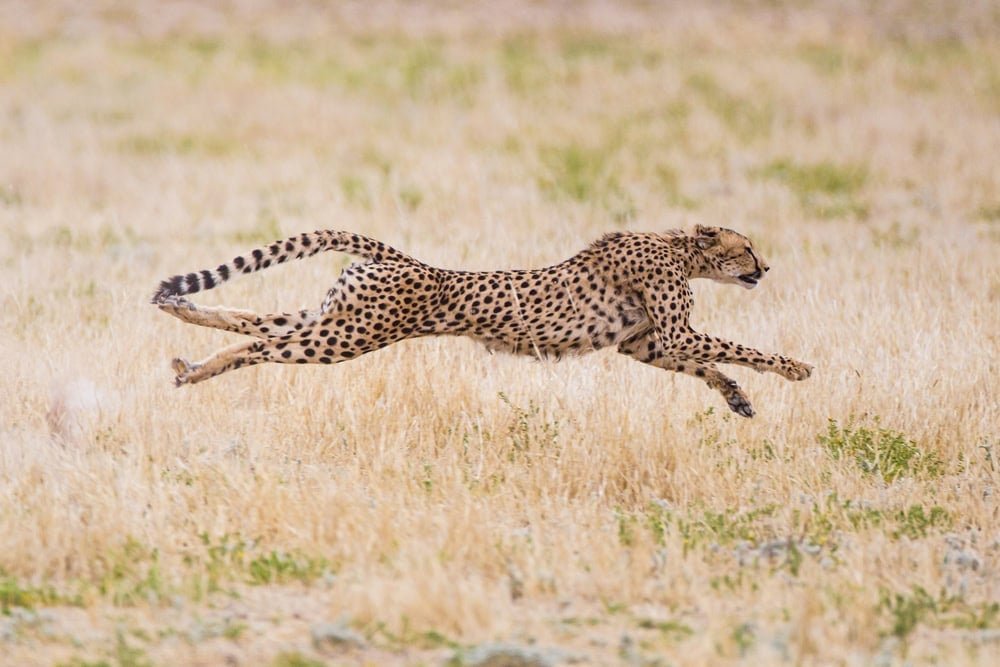
The ability to roar is rooted in specific anatomical adaptations. The primary feature that dictates a cat’s ability to roar is the hyoid apparatus, a series of bones located in the throat. Additionally, the larynx’s structure, particularly the vocal folds, plays a crucial role in sound production. These anatomical features vary between species, contributing to differences in roar sound and power.
Proud Roar of the Lion
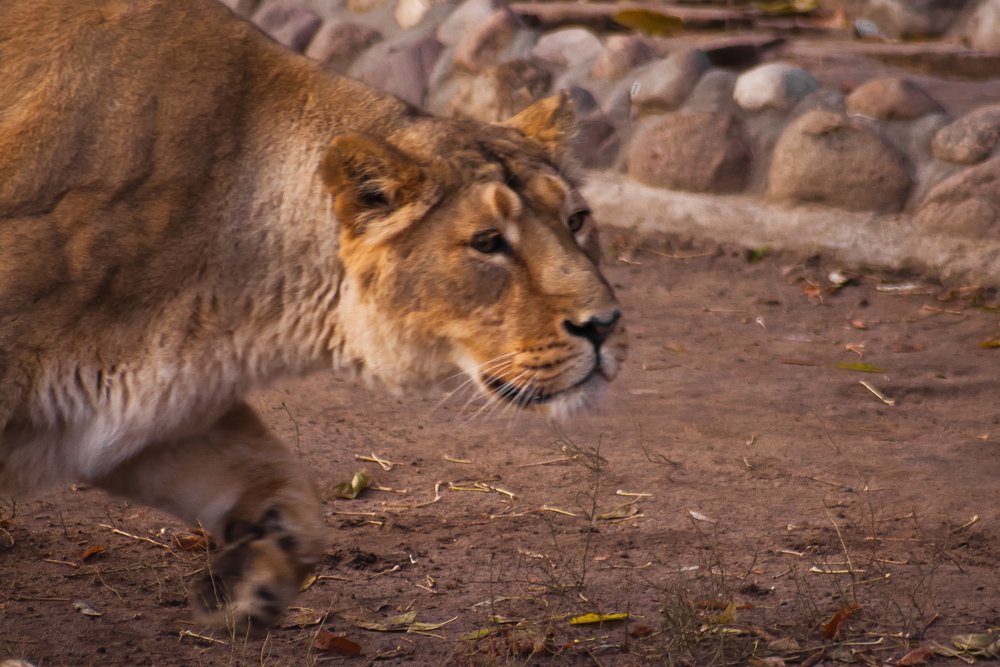
Lions are perhaps the most iconic of the roaring big cats. Their roar is incredibly powerful, capable of being heard up to five miles away. This mighty roar helps reinforce pride hierarchy and warns off potential intruders. Lions possess a unique arrangement of collagen fibers in their vocal cords, allowing their impressive volume and pitch range.
The Deep Growl of the Tiger

Tigers also produce an impressive roar, characterized by a deep and intimidating growl. Unlike lions, tiger roars are less about long-distance communication and more focused on close-range interactions, such as asserting dominance and mating calls. Their roars exhibit lower frequencies, contributing to their deep sound.
The Unique Roars of Leopards

Leopards are known for a distinctive roar often described as a “sawing” sound due to its resemblance to the repetitive action of sawing wood. This sound pattern, alternating between inhale and exhale, serves primarily for territorial communication and is typically most intense during the night.
The Elusive Roar of the Jaguar
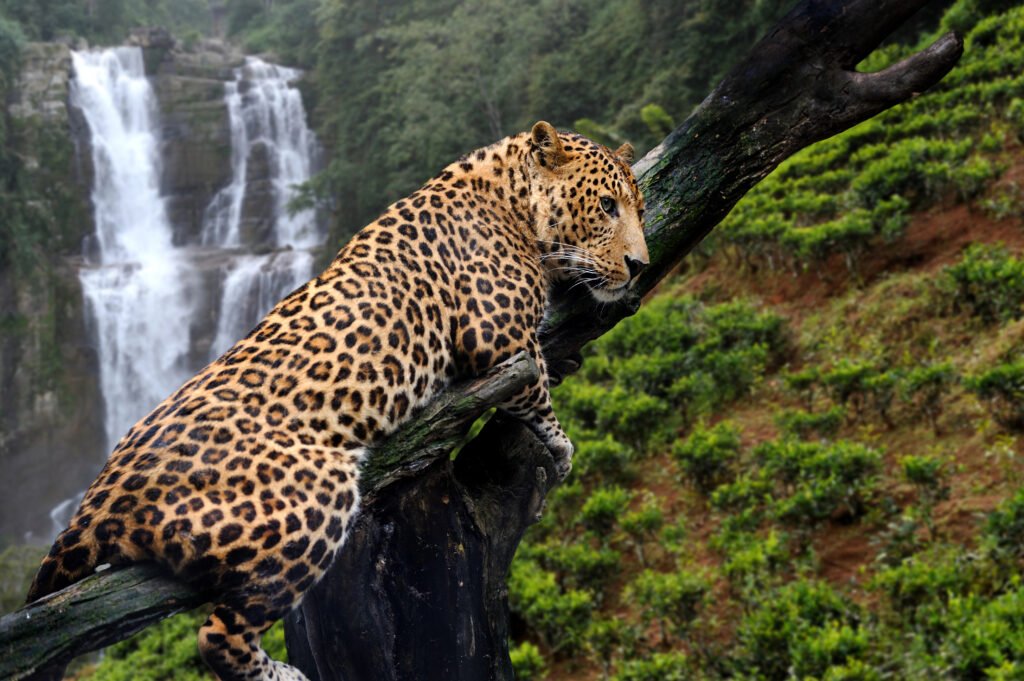
Jaguars have one of the least-heard roars among big cats, which is more guttural compared to the others. Their roaring is infrequent and mostly associated with mating rituals or territory challenges. Being solitary animals, their need to vocalize across long distances is less compared to species like lions.
The Purring Cheetah
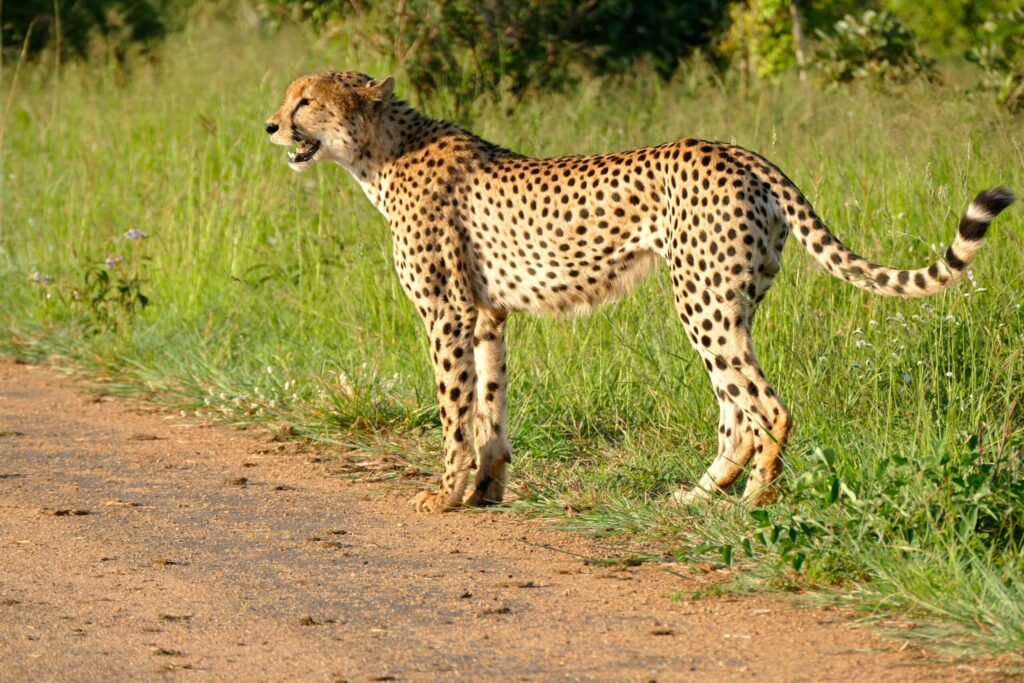
Unlike other big cats, cheetahs cannot roar. Instead, they produce a range of vocalizations such as chirps, purrs, and growls. Their inability to roar is due to a more ossified hyoid bone, which does not allow for the same range of vocal fold vibrations needed for roaring.
Snow Leopards The Silent Shadows
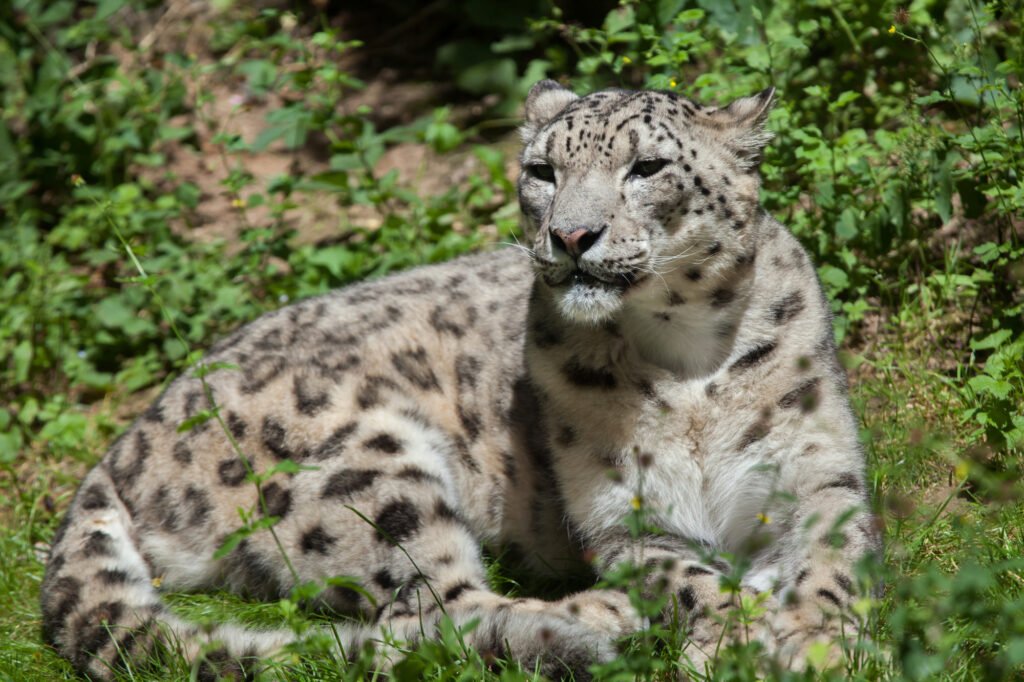
Snow leopards are another species that cannot roar. Their vocalizations include growls, moans, and yowls, primarily used in communication among their peers. These sounds are much less forceful compared to typical big cat roars and are adapted to their solitary lifestyle and harsh environments.
Factors Influencing Roar Characteristics
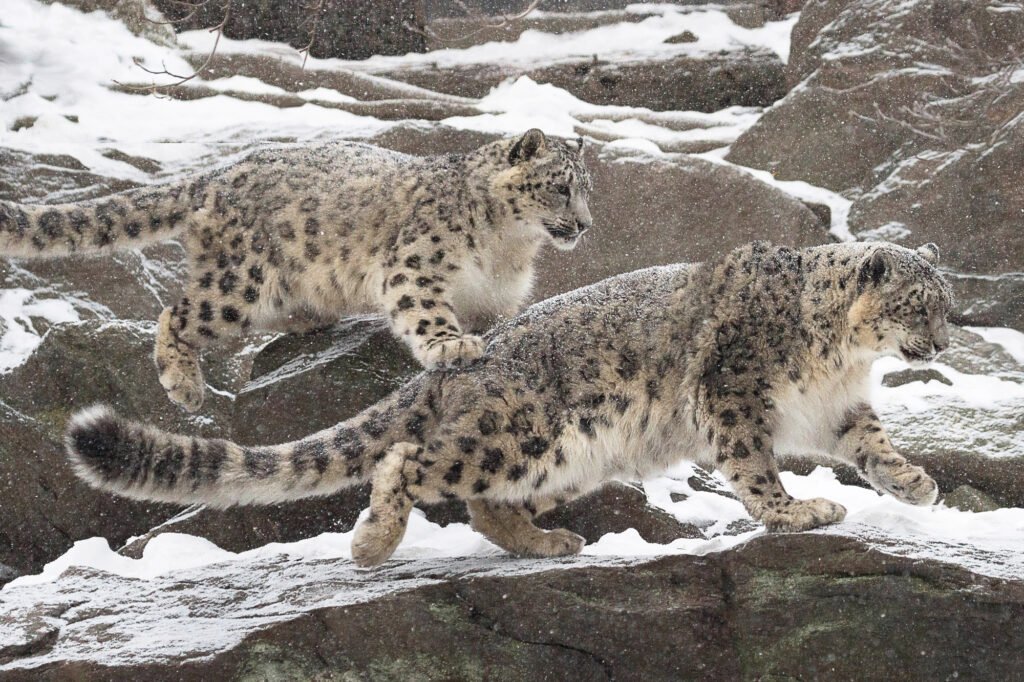
Various factors influence the roar characteristics across big cat species. These include their environment, social structure, and evolutionary adaptations. Roars are largely influenced by a need to navigate densely forested or open-plain habitats, as well as the need to communicate in social settings or across vast territories.
Roars as Communication Tools

Big cat roars serve as essential communication tools. From expressing reproductive status to alerting others of threats or marking territory, roaring facilitates survival and reproduction. The wide variety of vocalizations among big cats underscores the importance of roaring as an adaptive trait.
Conclusion: The Roaring Majesty of Big Cats
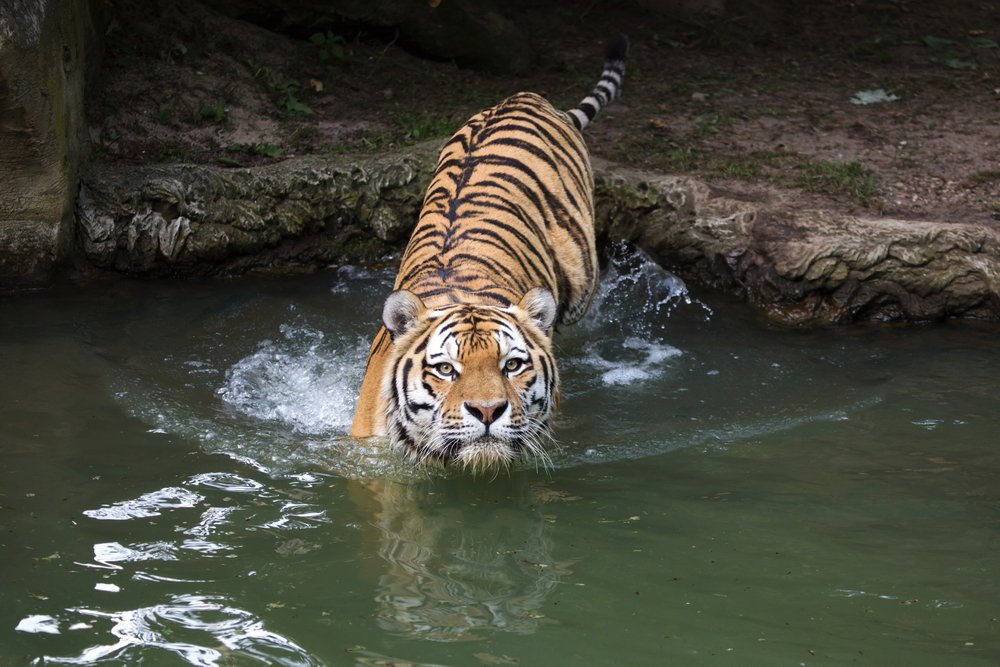
The roar of a big cat is not just an auditory spectacle; it is an intricate aspect of their evolutionary biology, adapted to their ecological needs and social structures. The diversity in roars highlights the adaptative paths these majestic animals have taken, forever cementing their awe-inspiring presence in the natural world.






